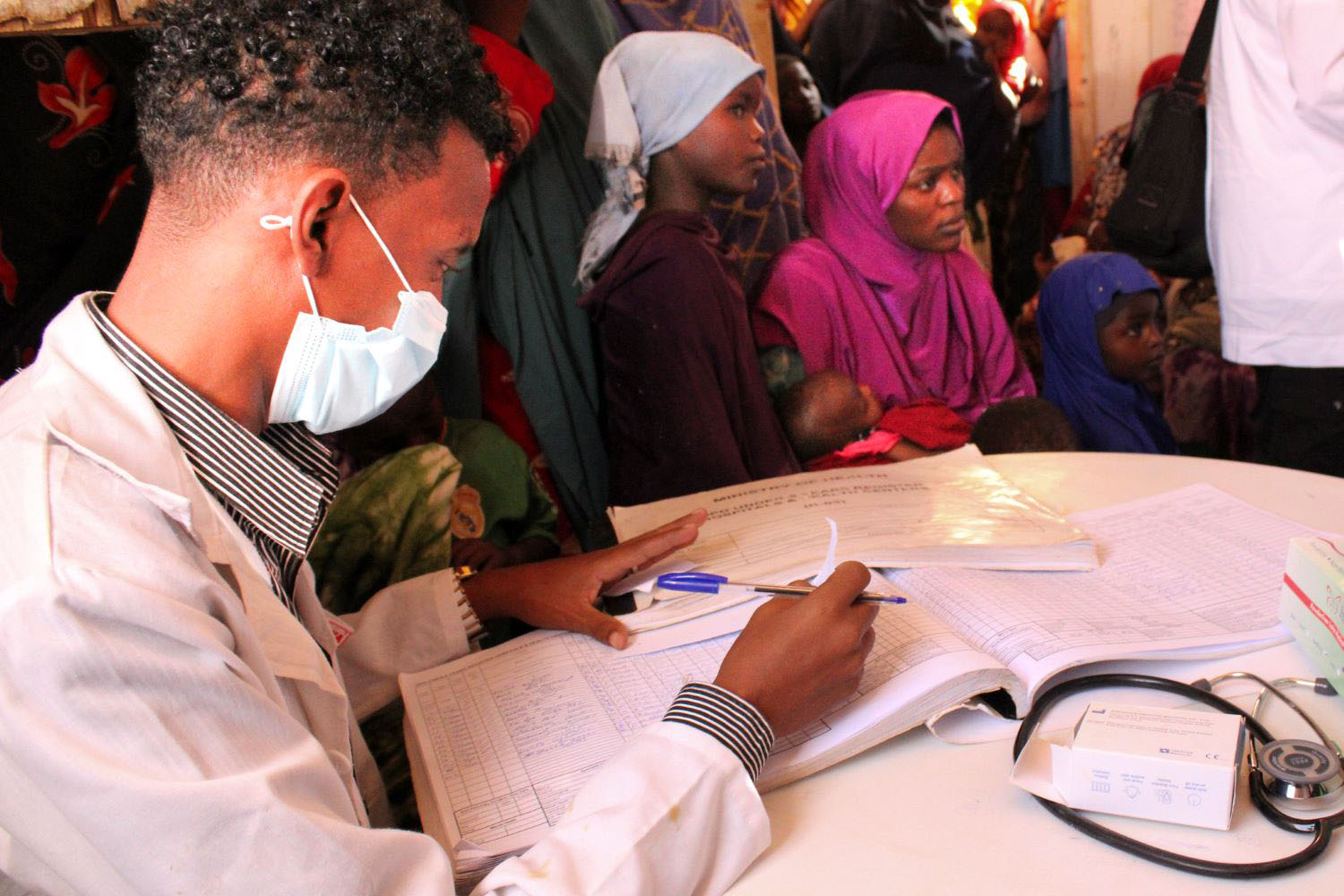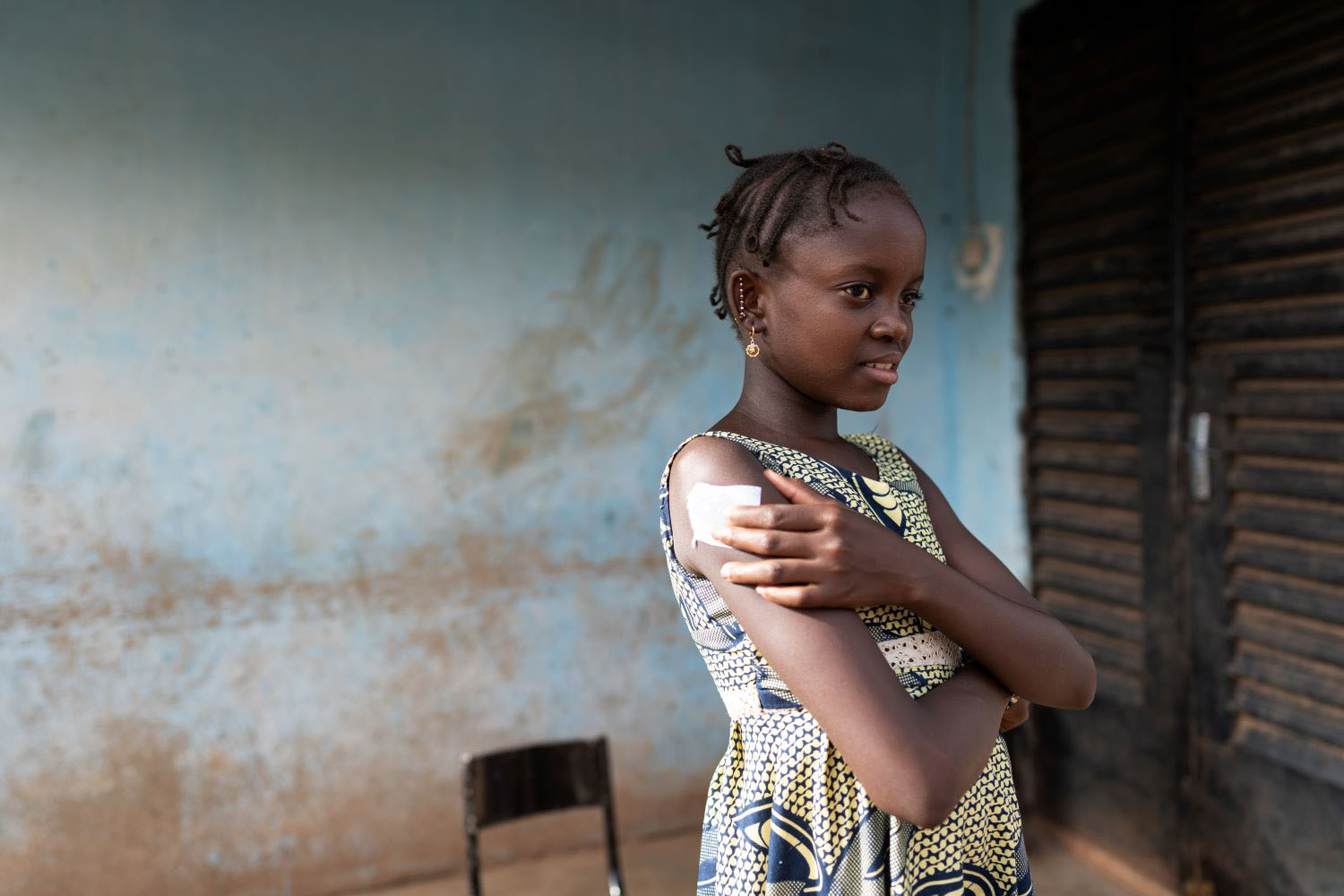Recommended
In global development and global health circles, the euphemism “graduation” refers to the “transition” to “sustainability,” another euphemism for the reduction in, and ultimately ending of, support from a donor to a recipient country. But what happens to countries after they graduate?
In this piece we examine the case of Gavi, a public-private partnership that claims to have saved over 17 million lives through higher vaccination rates among the world’s poorest populations. Since Gavi began in 2000, at least 19 countries have grown their economies to the point that they no longer qualify for Gavi support. But the track record of 10 graduating countries we studied is mixed. While after graduation these countries mostly maintained plateauing coverage rates for established vaccines, they failed to achieve similar rates on average for newly introduced vaccines. Further, after graduation a few countries experienced significant declines in their vaccination rates for both established and newly introduced vaccines. On the whole, there is a modest erosion in coverage after graduating from Gavi assistance. More research is needed to probe why some countries have performed poorly in recent years after graduation. Further, transparent historical program data from Gavi should be made more easily accessible for accountability.
What happens to vaccination rates after Gavi graduation?
In addition to Gavi’s eligibility cutoff based on per capita GNI, Gavi also calibrates support for eligible countries using a cofinancing policy. Gavi adopted a stepwise policy in which countries below the low-income country threshold were responsible for paying 20 cents per vaccine dose, and eligible middle-income countries took on a greater share of the cost burden until becoming fully self-financed.
Using Gavi’s publicly available documents, we assembled a partial database tracking the status of individual countries on a roughly bi-annual basis dating back to 2009. Of the 19 that have graduated, we managed to identify the year of graduation for 10 countries (i.e., transitioned from cofinancing stage 3 to 4) between 2014 and 2016 (figure 1). We then merged this information with vaccination rate data compiled by the WHO and UNICEF to examine time trends in vaccination coverage.
On the whole, the averages show a slight decline in vaccination rates among countries after graduation, with Gavi assistance accelerating the introduction of new vaccines, but at a pace that was difficult to maintain (figure 1). Without claiming causality, such trends are in line with the previous evidence that Gavi had little effect on threshold countries, with impact only measurable for new introductions. By 2012, the gap between established and newer vaccine average rates had shrunk by half, from 5.6 to 2.4 percentage points. After 2012 however, the average established vaccine coverage rate stagnated, and in the period after graduation declined slightly from 94 percent to 93 percent. Even worse, post 2012 the average coverage rate for newly introduced vaccines declined, with the gap between new and established rates doubling to 4.5 percent in 2017 and remaining constant through the pandemic.
Figure 1. Average vaccination coverage for established and newly introduced vaccines: Sample of 10 countries graduating from Gavi
Notes: Average WUENIC vaccination rate estimates across the 10 identified graduating countries, by year: Armenia, Azerbaijan, Bhutan, Bolivia, Georgia, Guyana, Honduras, Moldova, Sri Lanka, and Timor Leste. Because our dataset tracks countries bi-annually, we defined graduation as the last recorded year within our dataset that a country was eligible for Gavi support, i.e., Stage 3. In published materials, Gavi consistently marks country graduation dates one year later than we do. In two cases, Gavi’s recorded graduation date and ours align (Guyana and Moldova). In one case, our methodology identified Sri Lanka as graduating one year later than identified by Gavi. Vaccines are categorized as established if there is a coverage estimate provided for the year that the country first appears in the WUENIC dataset. Newly introduced vaccines refer to those that are first estimated within a country 5 years after that country’s first observation. Vaccines that may first appear within a country 1-4 years after that country’s first observation are excluded. Newly introduced vaccines are not included in averages until they have at least two prior data points within a country. The persistent gap between established and newly introduced vaccines may partly be due to how WUENIC uses other national vaccination rates to inform their estimates, as well as to new vaccines whose estimates were added to the average. Between 2012 and 2022, 31 new vaccines entered the WUENIC data within the 10 graduating countries. That said, just five new vaccines were included in averages after 2018, and we only include WUENIC estimates in the newly introduced average once the vaccine has been present in a country for at least two years, providing time for countries to build coverage.
Ten countries are not enough data to perform a cross-country regression analysis, but this information still provides a nationally representative sense of what has happened chronologically at least in these countries that have outgrown Gavi assistance. One key limitation of this approach is that examining time series is not causal; we definitively cannot attribute graduation as the cause of these changes in coverage over time amidst a multitude of contributing factors.
But putting aside causality, any drop or change in coverage post-graduation should remain of interest to those advancing vaccination globally. Further, just because we are raising questions about causality does not mean that we have any opinions about the responsibility of donors after graduation. But changes in coverage after graduation may be an indicator of a country’s sustainability of —or conversely the dependency on—donors.
We found several countries with a pattern of what we would call the flat scenario (or maintenance, stagnation, or plateauing) as exemplified in Guyana (Figure 2A) and Bhutan (Figure 2B). Coverage rates for established vaccines (i.e. vaccines with data available when the country first appears in the WHO/UNICEF database) were flat, neither falling nor increasing.
Newly introduced vaccines (i.e. those with WHO coverage estimates that appear 5 years into a country’s records) show uneven growth, with signs of a potential widening gap between established and newly introduced.
In short, the flat rates observed in several post-graduation countries could indicate hitting a national ceiling for progress, but may also be viewed as a “good” scenario of graduation. Whether this scenario is “as good as it gets” remains unanswered, and countries and donors should ask how much more countries could improve. Perhaps more importantly, there is divergence in performance across product type, with the drops in the newly introduced vaccines meriting deeper investigation.
Figure 2. Two illustrative countries where vaccination rates have stagnated after Gavi graduation: Guyana and Bhutan
Notes: Averages of vaccination rates available in WHO/UNICEF WUENIC Database for each country, by year. Vaccines are categorized as established if there is a coverage estimate provided for the year that the country first appears in the WUENIC dataset. Newly introduced vaccines refer to those that are first estimated within a country 5 years after that country’s first observation. Vaccines that first appear within a country 1-4 years after that country’s first observation are excluded. Newly introduced vaccines are not included in averages until they have at least two prior data points within a country.
We also found countries for which rates dropped after graduation. Two countries stand out in our dataset as obvious failures. In Honduras (Figure 3A), the health system struggled to maintain vaccination rates, with the overall average coverage falling by 20 percentage points after graduation. Bolivia (Figure 3B) performed about as poorly, demonstrating more instability prior to exiting Gavi. The pandemic may explain some of the decline in these countries, but backsliding was evident before 2020. Of course, there are many factors that could affect coverage besides Gavi graduation, including regional political and economic factors in Latin America, and those cannot be ruled out.
Figure 3. Two illustrative countries where vaccination rates have fallen after Gavi graduation: Honduras and Bolivia
Notes: See notes in Figure 2 for detailed explanations.
Other researchers have identified a similar pattern in post-Gavi countries, with some maintaining their performance, and others stumbling. Few cross-country analyses have been conducted to understand systemic challenges to graduating countries beyond financing. In recent years, Gavi has paid more attention to these concerns, publishing a 2020 strategy on engagement with middle-income countries and highlighting both Honduras and Bolivia as vulnerable. Our analysis indicates that these issues remain as important as before.
While recognizing that Gavi is not necessarily responsible for what happens in countries after graduation, Gavi may benefit by prioritizing post-graduation countries whose rates have fallen more for a root-cause analysis, examining the circumstances that led to drops in coverage such as declining domestic budgets. Although many may default to recommending that Gavi should revisit its cofinancing policy, we argue for two things. First, we need a deeper root cause analysis to understand what policy levers will really make a sustainable impact on coverage, or at least prevent drops from happening. Second, Gavi should develop an evaluation strategy to assess the impacts of any changes in Gavi policy on coverage post-graduation. Such evaluations could strengthen Gavi’s aspiration to ensure that its efforts are truly sustainable and country owned. UN reports on country progress are often far too politically sensitive to point out where progress is stalling in specific countries, and thus Gavi’s voice could be especially important.
Accountability demands better data from Gavi
A final takeaway from our examination is that Gavi needs to get better in releasing and sharing its data on eligibility and cofinancing at the country level. Although some information exists on Gavi’s history in the public sphere, the most important for evaluating the organization’s effectiveness is scattered across multiple documents. We spent a great deal of time trying to figure out exactly which countries were made eligible or had a change in cofinancing status in what year.
While Gavi provides a specific list of countries that have graduated, this list does not have dates of status change. The Gavi’s 2023 Mid-Term Review Report, which has the list of countries and their graduation dates, should be expanded to be more detailed to include eligibility and cofinancing levels and should be annually updated and released as a key report each year. This information should not be buried in the PDF of a midterm review report.
Publishing data in a transparent manner is doable. Gavi published a comprehensive dataset on country- and program-level commitments and expenditures since 2000, in line with its IATI participation. But the basic list of eligibility and cofinancing status over time are not in this dataset either. For inspiration, one could look to the transparent release of data and documentation from WHO/UNICEF on historical vaccination rate estimates (and which was the focus of a recent blog post). Such data sharing would be a small but important step towards greater accountability and trust.
We thank Janeen Madan Keller, Javier Guzman, Justin Sandefur, and Charles Kenny for helpful comments.
Supplemental Figure 1. Average vaccine coverage by identified country graduations
Notes: See Figure 1 notes. Averages of vaccination rates available in WHO/UNICEF WUENIC Database for each country, by year. Vaccines are categorized as established if there is a coverage estimate provided for the year that the country first appears in the WUENIC dataset. Newly introduced vaccines refer to those that are first estimated within a country 5 years after that country’s first observation. Vaccines that may first appear within a country 1-4 years after that country’s first observation are excluded. Newly introduced vaccines are not included in averages until they have at least two prior data points within a country.
Disclaimer
CGD blog posts reflect the views of the authors, drawing on prior research and experience in their areas of expertise. CGD is a nonpartisan, independent organization and does not take institutional positions.
Image credit for social media/web: Daniel Jędzura / Adobe Stock














